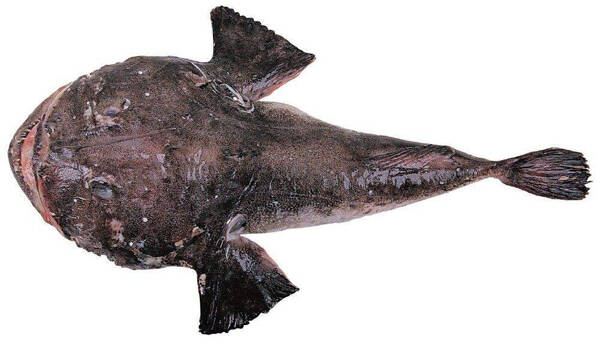The Latin name of black anglerfish is Lophiomus setigerus (Vahl, 1797), and its foreign name is black-mouth goosefish. There are only two kinds of anglerfish in China, one is called yellow anglerfish and the other is black anglerfish.

It grows in the depths of the dark sea, moves slowly, and does not live in groups. In the vast ocean, it is difficult for male fish to find female fish. Once they meet a female fish, they will stay together until death, and the male fish's nutrition throughout his life is also provided by the female fish.
Fish meat is rich in vitamins A and C. The tail muscle can be eaten fresh or processed into fish paste, etc. The fish belly and fish roe are both highly nutritious foods, the skin can be used to make glue, the liver can be used to extract cod liver oil, and the fish bones are the raw materials for processing boneless fish meal. It is rich in calcium, phosphorus, iron and other trace elements, and its nutritional value is relatively high. Regular consumption of anglerfish liver can help protect eyesight and prevent liver disease.
Protect wild animals and eliminate game.
Maintaining ecological balance is everyone's responsibility!